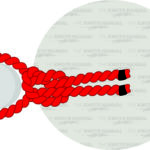A Scaffold Knot is a knot that creates a noose (an adjustable loop) at the end of the rope. You can use it for attaching a rope to an object – a rail, branch, carabiner, or something similar.
This knot is also sometimes referred to as the Scaffolding Knot, Scaffolder’s Knot, Triple Poacher’s Knot, Gallows Knot, or Triple Overhand Noose. It shouldn’t be confused with the Double or Two-Turn Scaffold Knot, which is a Poacher’s Knot.
Quick Guide: How to Tie the Scaffold Knot
The Scaffold Knot is tied very similarly to the Poacher’s Knot or the Double Overhand Knot, except with three turns around the standing end instead of two.
To tie this knot, create a long bight at the end of the rope. Then wrap the end of the rope around the standing end three times, starting from the furthest end. Finally, pass the end through these three loops and tighten the knot.
To check that it’s tied correctly, confirm that it formed three parallel ropes on one side of the knot, and two parallel ones with one underneath on the other side.
After the knot is finished, you should be able to adjust the size of the loop by sliding the knot on the standing end of the rope.
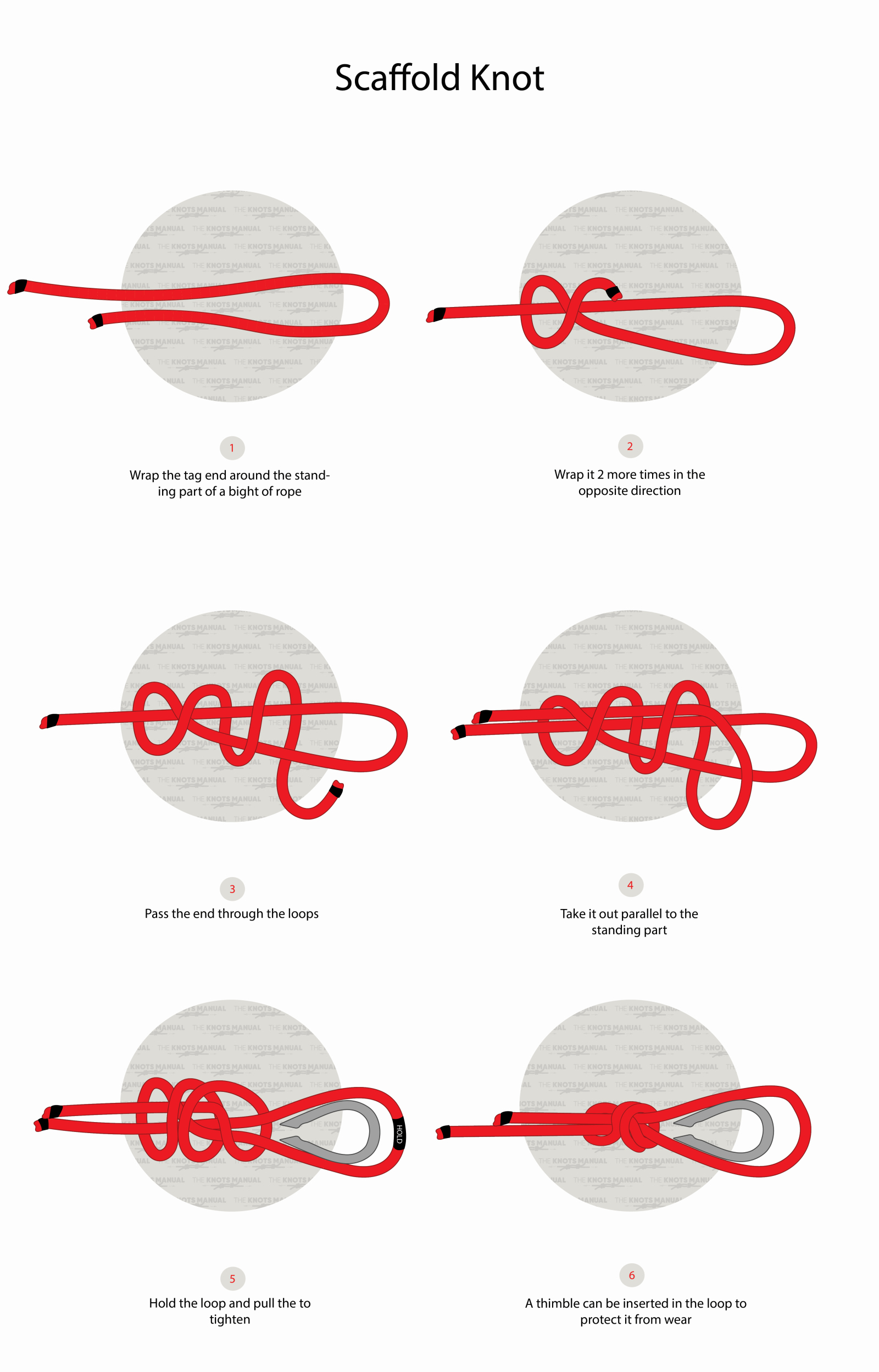
Pros and Cons of the Scaffold Knot
The Scaffold Knot is very easy to tie, so it’s beginner-friendly. It’s also very easy to check and confirm that it’s tied correctly.
This knot is one of the strongest noose knots out there. Because of this reason, it can even be used for critical applications, like climbing and search and rescue. As you pull the standing end of the rope, this knot tightens by itself and is very unlikely to come undone.
The main downside of the Scaffold Knot is that it’s very hard to untie. Because the working end passes through three loops, it’s hard to get it back out once the loops are tightened.
Another downside is that it can be tied incorrectly. If you form the three loops starting near the end, not from the furthest end, the final knot ends up not being as strong.
Common Uses for the Scaffold Knot
Because of the strength of the Scaffold Knot and because it’s hard to untie, it makes sense to use it in permanent and semi-permanent solutions. You can insert a thimble (other called an “eye”) in the loop to protect it from rubbing against the object that it’s attached to. This combination is very commonly used in sailing and boating for permanently attaching a rope around an object.
The Scaffold Knot is also used in climbing, caving, and search and rescue. You can use it for attaching a rope to a climbing harness or to attach it to a carabiner.
If used with a small rope, then you can also create a good-looking bracelet with it.
And finally, you can also use this knot to connect two ropes together, by intertwining both loops.
Knots Like the Scaffold Knot
Poacher’s Knot: This is a less-strong version of the Scaffold Knot but it’s still considered to be very strong. It’s tied the same way, except the working end wraps twice around the standing end, not three times. If the strength of the knot is not so important, it’s preferable to use the Poacher’s Knot because it’s much easier to untie.
Farrimond Friction Hitch: This knot also creates a noose at the end of the rope. It’s most used for rigging tents and tarps because it isn’t a very strong knot but it is very easy to untie.
Noose Knot: This is a very simple and easy-to-tie knot that creates an adjustable loop at the end of the rope. It’s much less secure than the Scaffold Knot, but it’s very easy to untie and the loop tightens more easily. This makes it useful in hunting, for creating a snare for catching rabbits.
Taut Line Hitch: This is a very popular knot that’s often used in survival, hiking, and by arborists. It creates an adjustable loop at the end of the rope which is strong and easy to untie. It isn’t as strong as the Scaffold Knot but is much easier to untie.
Step-By-Step Guide: How to Tie the Scaffold Knot
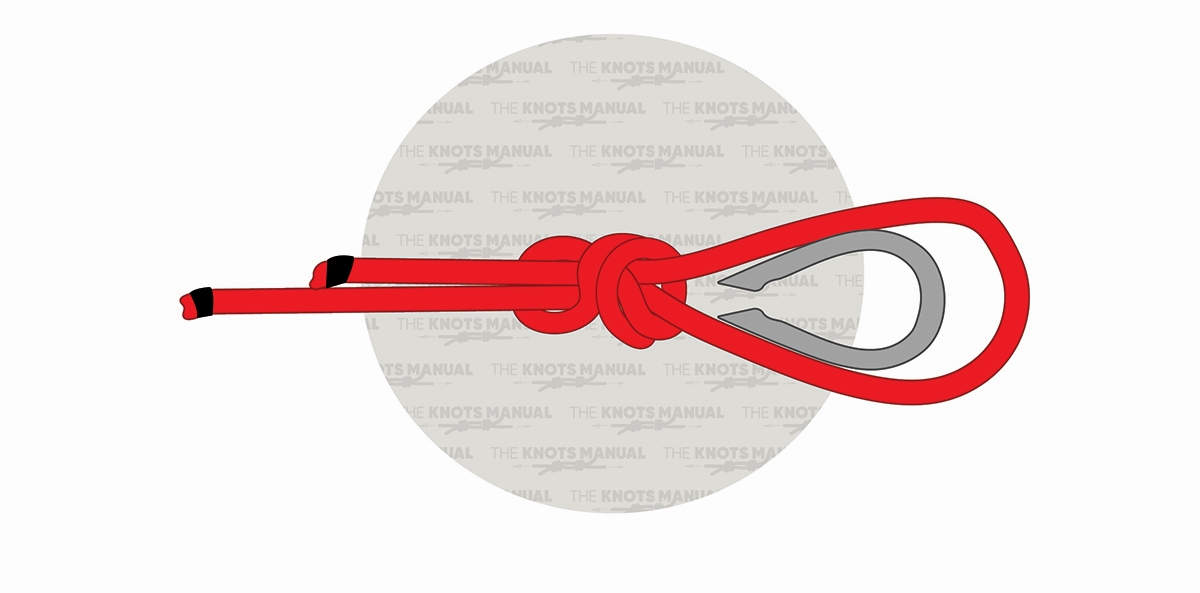
A step-by-step guide on how to tie the Scaffold Knot.
Step 1:
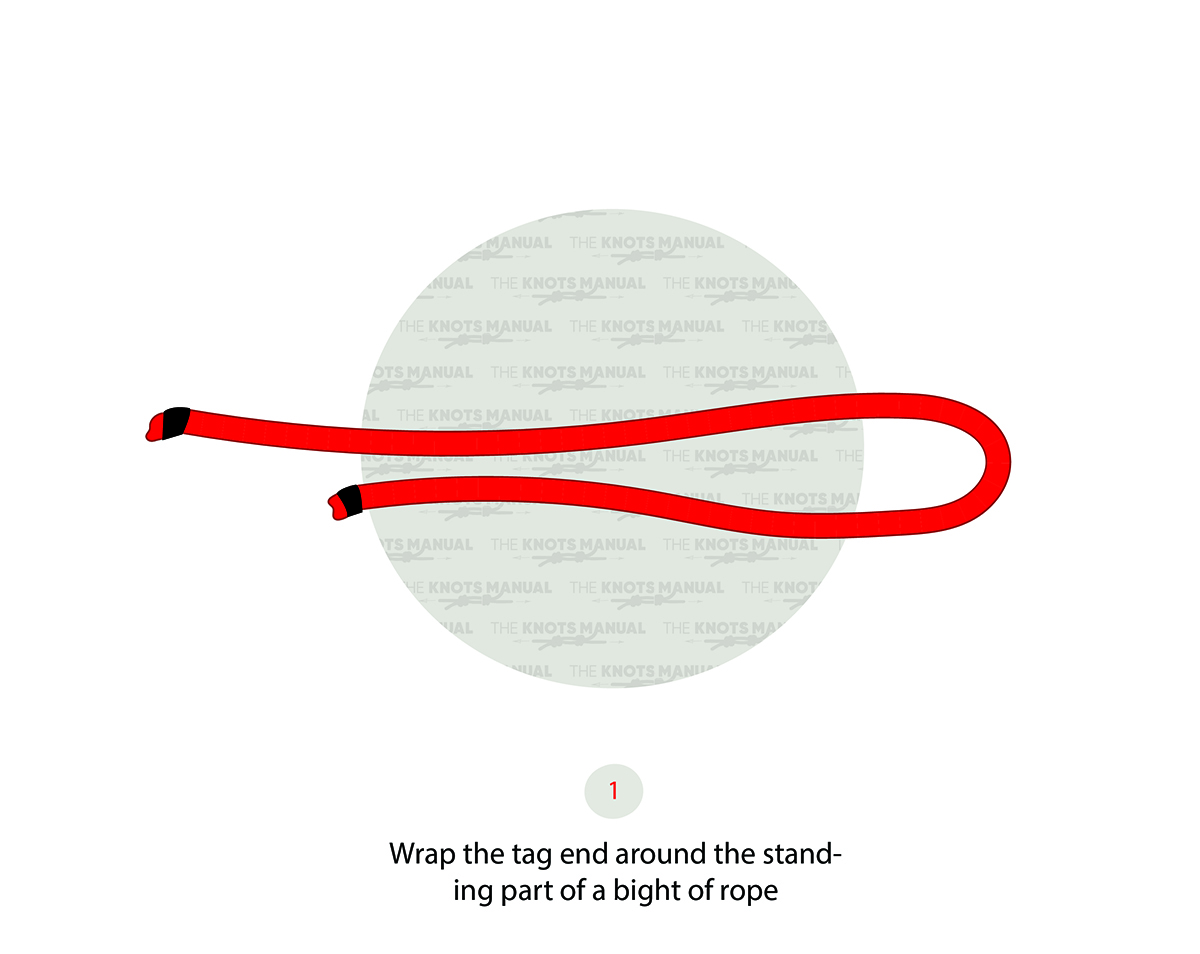
Create a long bight at the working end of the rope.
Step 2:
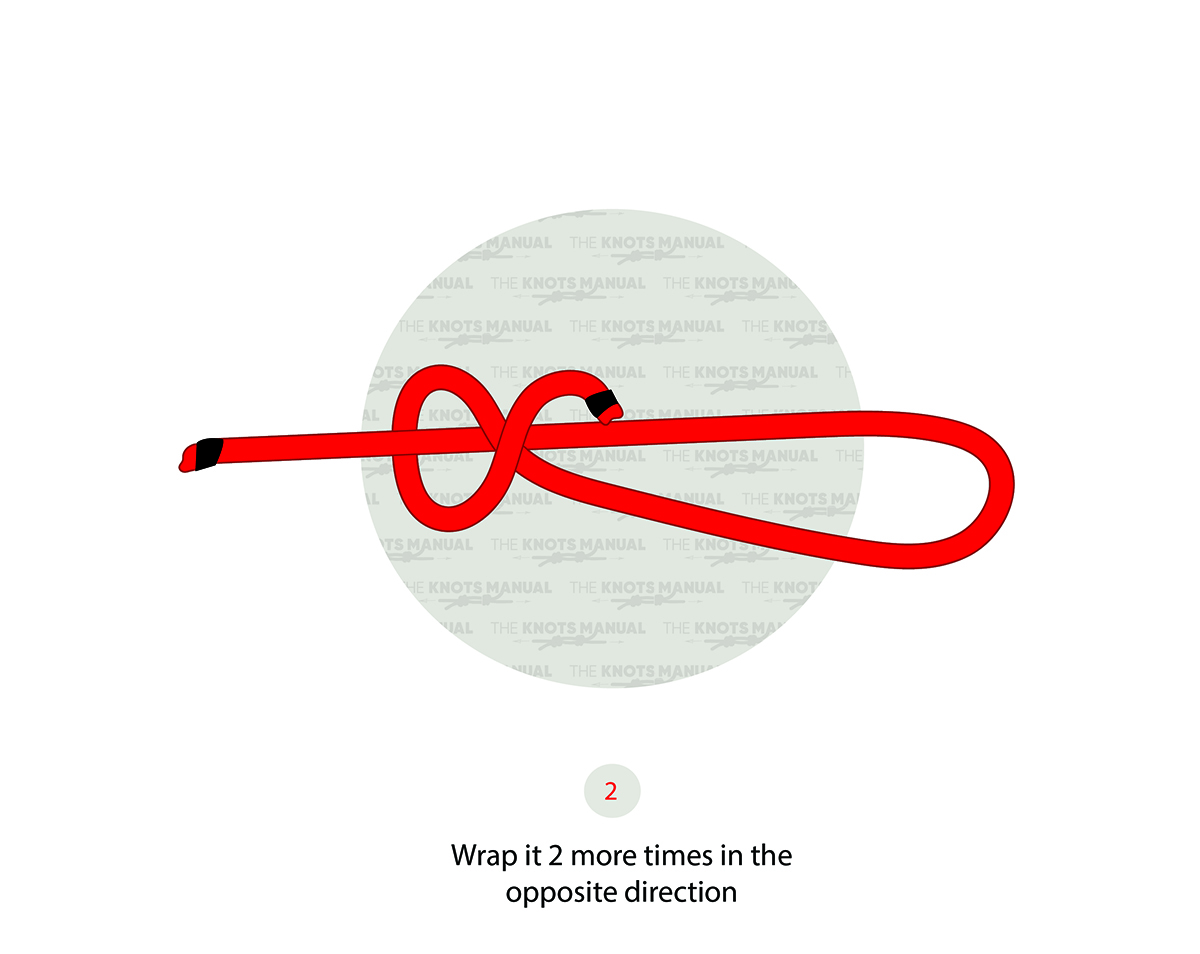
Wrap the working end around the standing end.
Step 3:
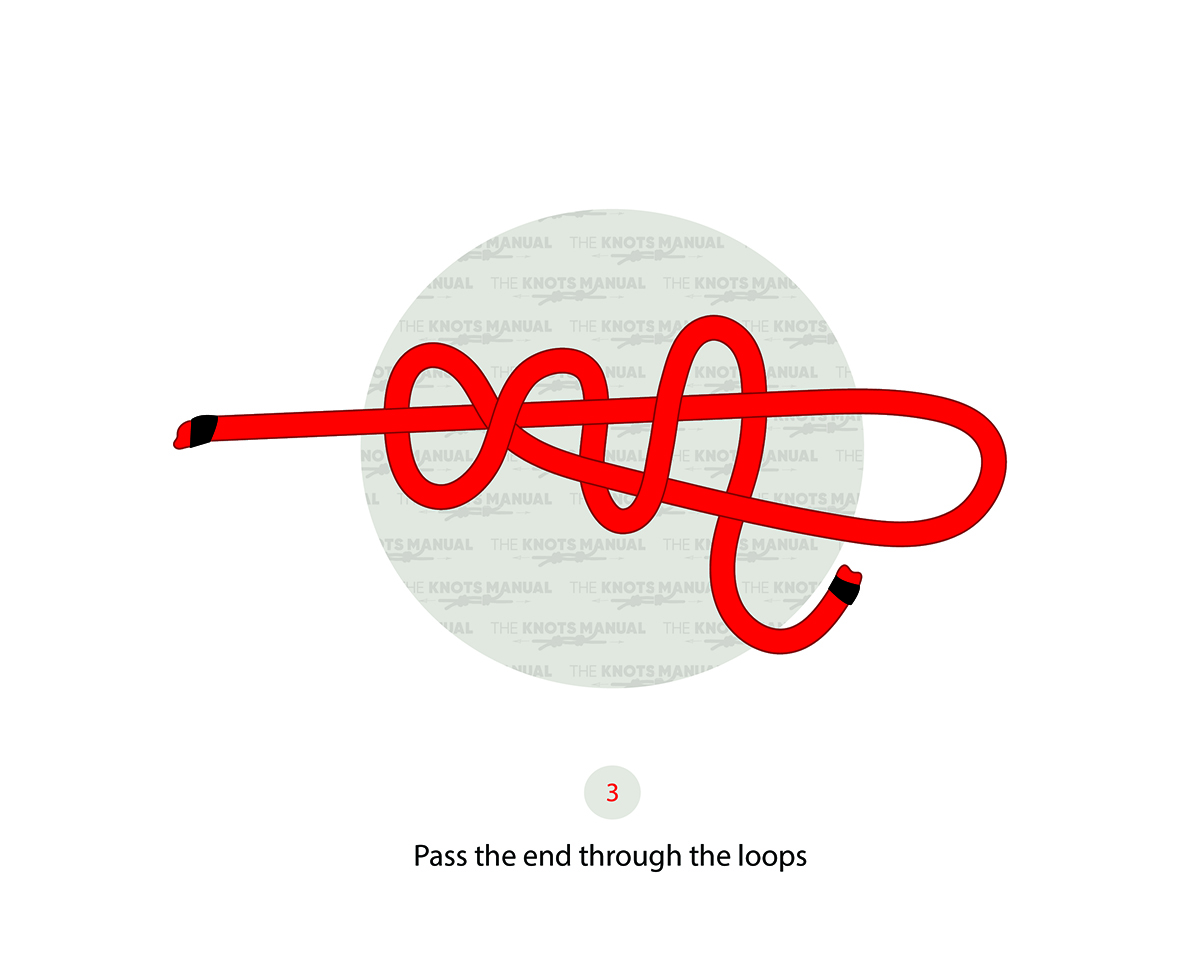
Wrap the working end around the standing end two more times in the direction of the loop.
Step 4:
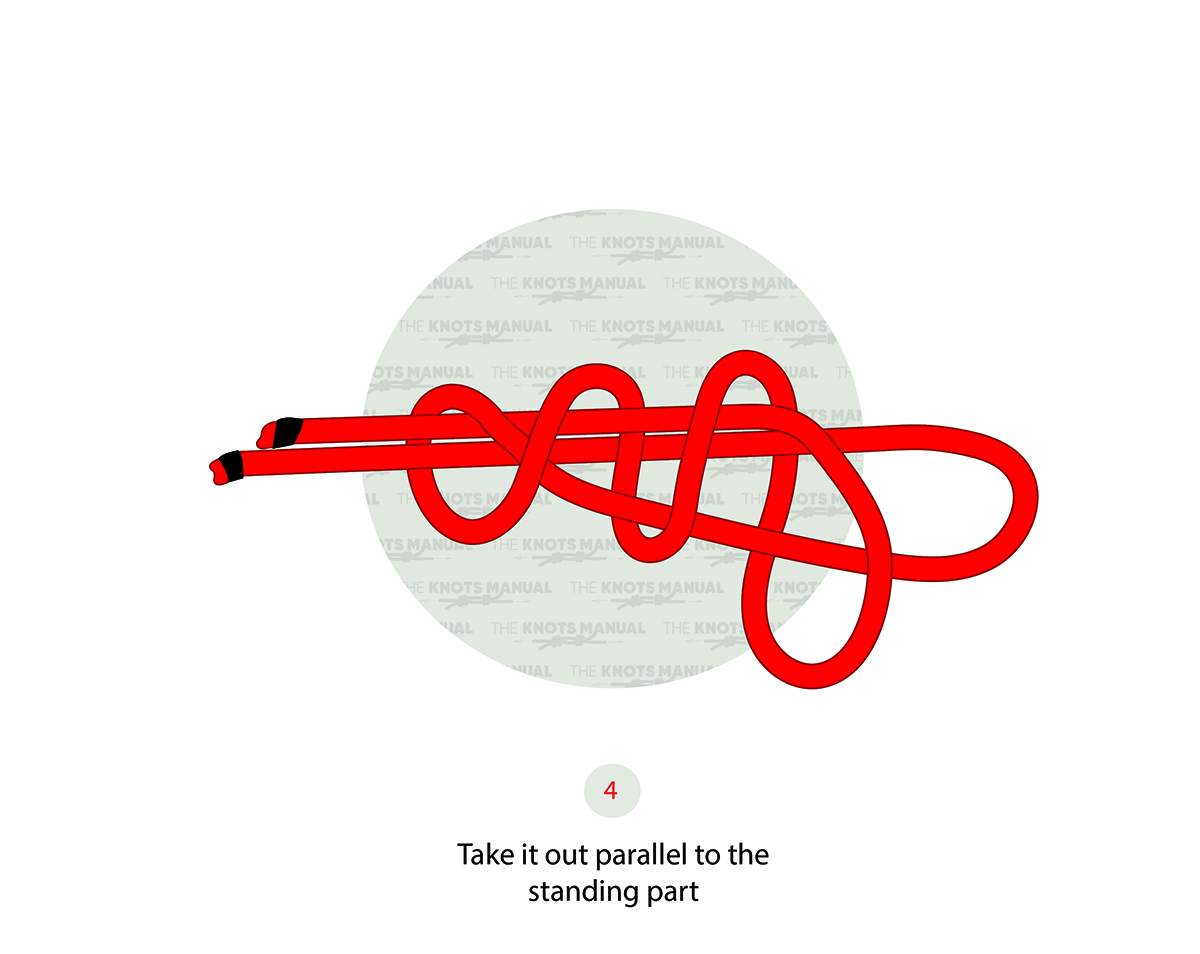
Pass the working end through the tree formed loops.
Step 5:
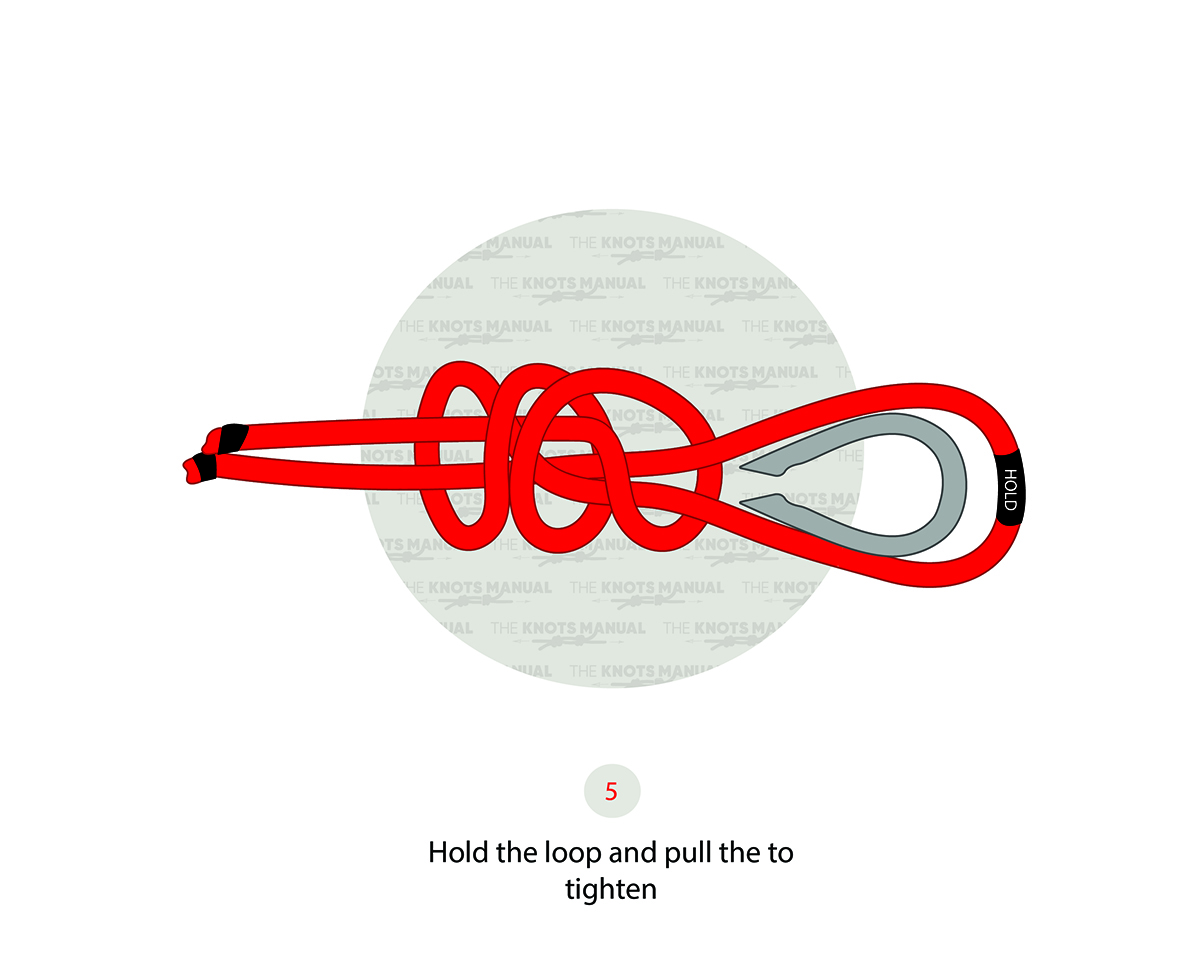
To tighten the knot, pull the working end opposite from the loop.
Step 6:
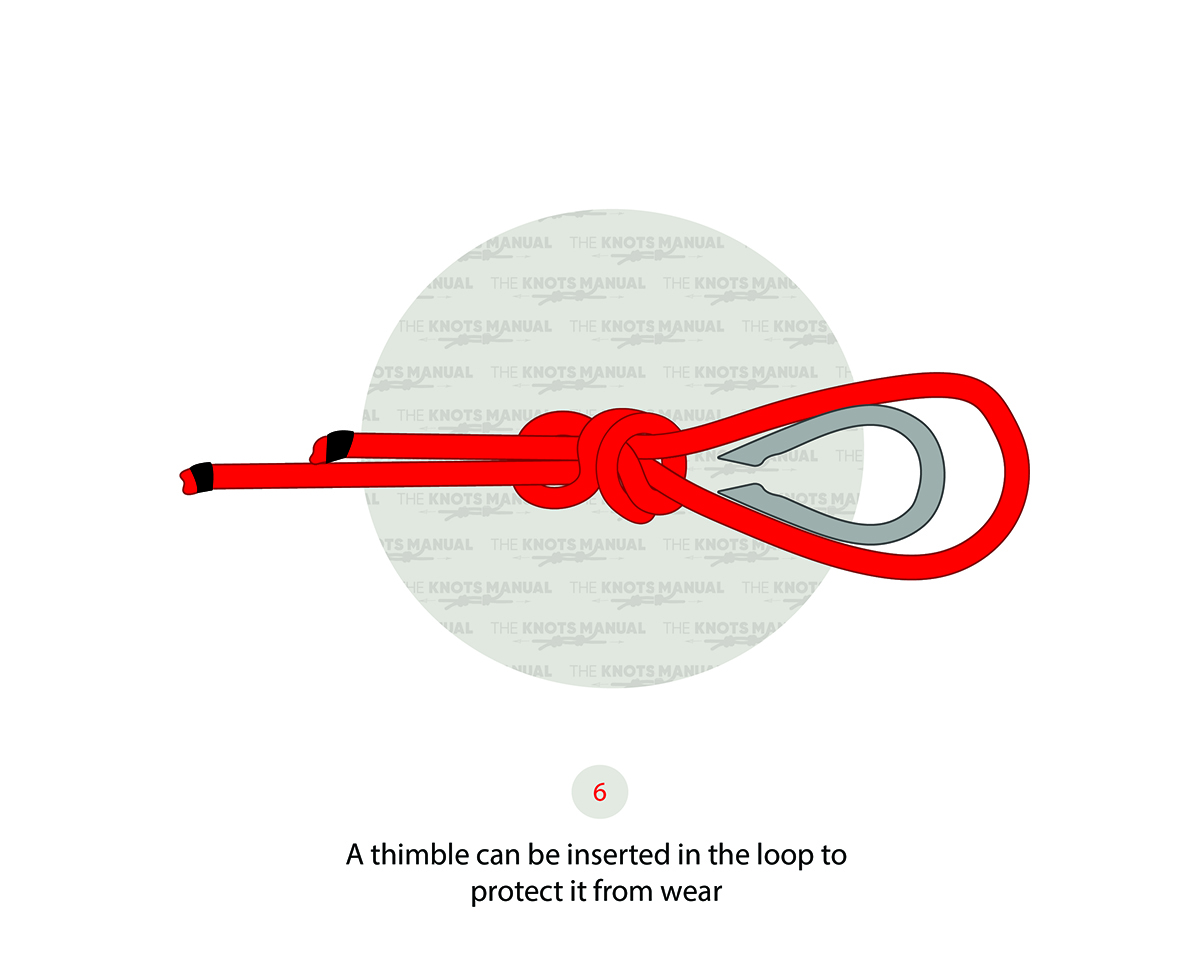
Insert a thimble for permanent applications.
Frequently Asked Questions
How Strong Is the Scaffold Knot?
The Scaffold Knot is one of the strongest Noose Knots. The Hangman’s Noose Knot is stronger, but not by a lot. The Scaffold Knot is stronger than Poacher’s, Taut Line Hitch, Farrimond Friction Hitch, and Noose Knots. It’s very unlikely to come undone if tightened properly. Its main downside is that it is also very hard to untie once it’s been put under load.
Is Scaffolding Knot the Best Noose Knot?
Arguably, the best noose knot is the Poacher’s Knot, which explains why it’s so commonly used. It’s identical to the Scaffolding Knot, only the rope is wrapped around two times instead of three. It isn’t as strong as the Scaffolding Knot but for most applications, it’s strong enough. Its main benefit is that it’s much easier to untie than the Scaffolding Knot.
